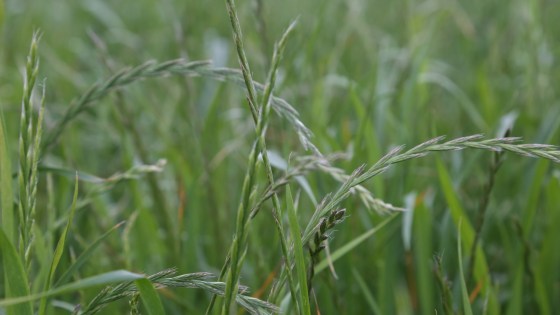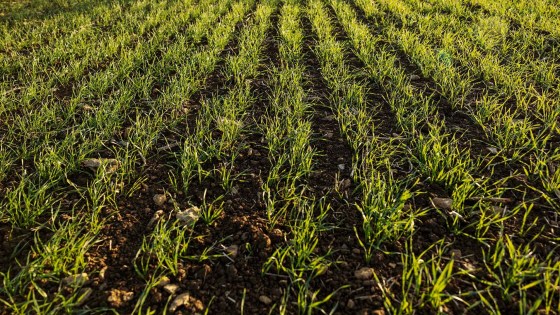LUXIMO® ON FARM: Rob Barlow
2023/2024
About Rob
Rob and his father farm a total of 260ha of land rented from the Crown’s Bingham Estate in Nottinghamshire. Soil types vary from gravel through to heavy loam.
In 2019, the father and son team took on an additional 160ha where a history of baling contractors and traditional farming techniques enabled ryegrass to get a firm hold and spread prolifically.
Since taking on the land, the rotation has been widened, cultivations minimised and well-timed, and Rob pays careful attention to detail in the application of a robust herbicide programme.
The strategy has been very successful with ryegrass populations dramatically decreasing across the majority of acreage. Just a couple of fields with stubborn patches of the grass weed remain. One of which has been the subject of a Luximo® trial.

Cultural controls
While Rob would love to do spring cropping, much of the land isn’t suitable – it’s prone to both flooding and drying out. Instead, they use a combination of Westwold grass and maize – both of which can be used by the farm’s 1,000 breeding Texel cross ewes and 40 Limousin suckler cows.
“After harvest, we drill the grass and graze it over winter,” explains Rob. “In the spring, we take a cut of silage, spray the grass off and the maize crop is sown. It’s working well and controlling the ryegrass, but compaction can be an issue.”
Sugar beet and winter barley further extend the rotation.
The father and son team make the most of every opportunity to reduce the ryegrass population and have been able to bury ryegrass seed in those fields which hadn’t been ploughed for a number of years. They use delayed drilling and usually start sowing winter crops from 25th September with the cleanest blocks being sown first.
When it comes to spraying and combining, the fields are worked in the same order and machinery is thoroughly washed down to lower the risk of ryegrass spreading to cleaner parts of the farm.

Herbicide programme
On the home farm, the herbicide programme has historically been Stomp Aqua (pendimethalin) and Liberator (flufenacet and diflufenican) at pre-emergence followed by Axial Pro (pinoxaden) at early post emergence. It’s been effective, however, on the new acreage, Rob noted too many survivors.
“Our agronomist, Graham Partington, took samples and sent them off for testing. We weren’t surprised when they results showed RRR resistance,” notes Rob.
It was one of the reasons Rob and Peter accepted Colin’s proposal to trial Luximo® on their worst remaining field.

Looking ahead
With such a high density of ryegrass in the trial field, Rob and his father intend to sow a grass ley. It’s an approach proven highly effective where the weed pressure has been very high.
Elsewhere on the farm, they intend to maintain momentum by continuing with the cultural controls. The herbicide programme, however, is set to get a shake-up.
“We’ll be using a lot more Luximo,” says Rob. “We’ve got a question mark over the Axial Pro but will wait for this year’s resistance results before dropping it. If there is resistance, it’s a lot of money to spend, and as we’ve not used Avadex before, we’ve got options.”



